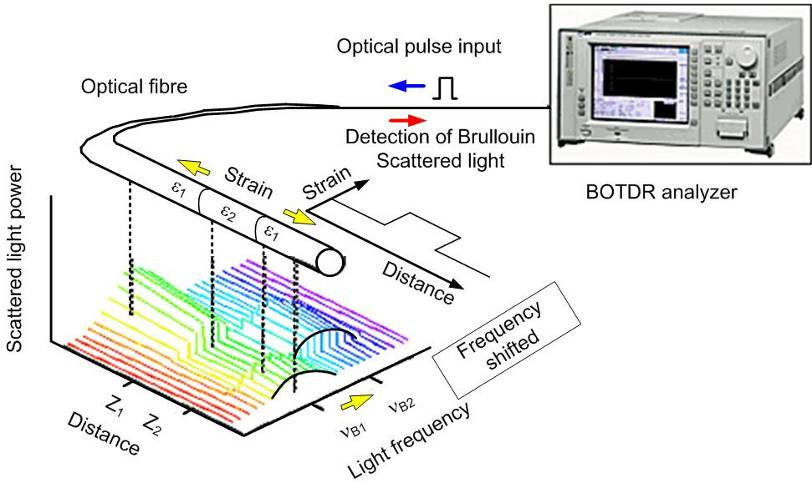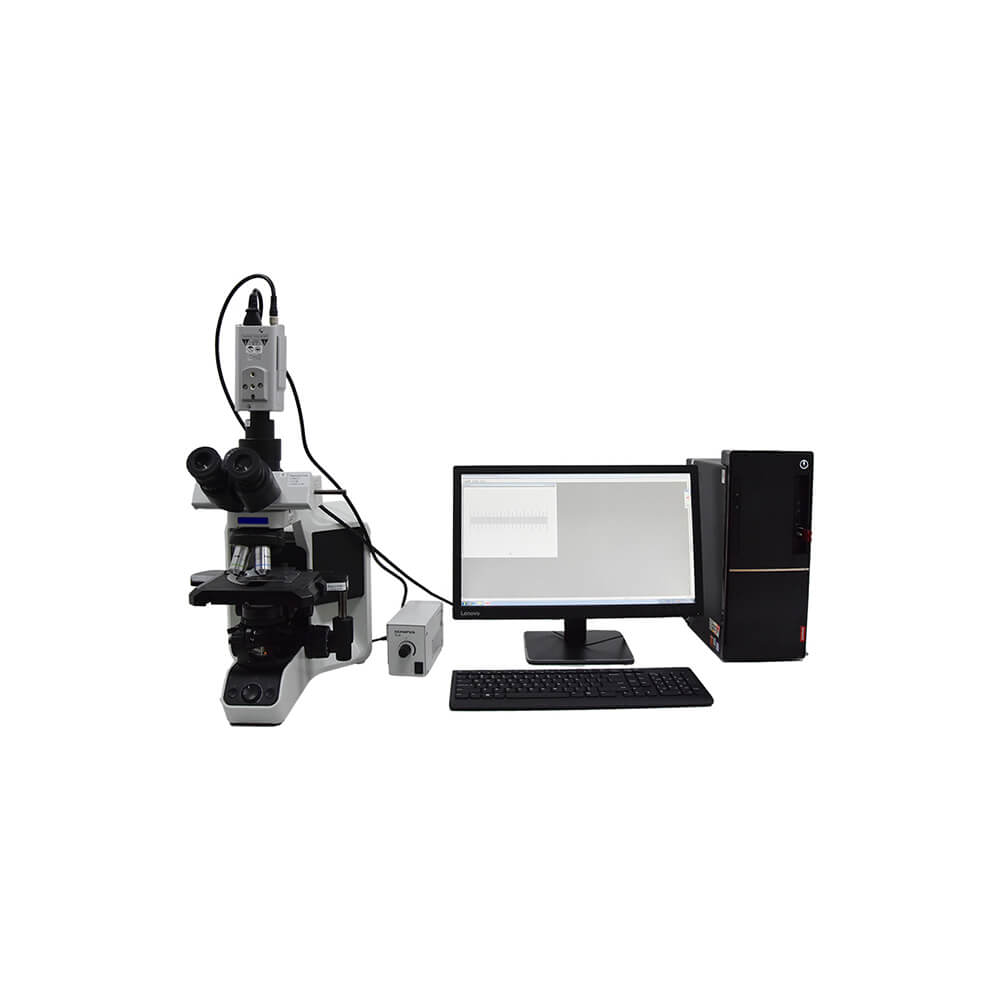Key Factors When Choosing an Optical Fibre Diameter Analyser
Key Factors When Choosing an Optical Fibre Diameter Analyser
Blog Article
Maximize Your Fiber Optic Efficiency: Understanding Optical Fiber Size Analyser Modern Technology
The efficiency of fiber optic systems is seriously affected by the precision of their diameter, a variable frequently ignored in the pursuit of optimal signal stability. Comprehending the innovation behind optical fibre diameter analysers discloses the intricate equilibrium between measurement accuracy and production quality.
Significance of Optical Fiber Size
The size of optical fiber plays an essential duty in determining the efficiency and efficiency of interaction systems. Alternatively, smaller diameters tend to sustain fewer modes, which can improve signal clarity and decrease crosstalk.

Moreover, recognizing the size's ramifications can lead to cost financial savings by reducing the need for signal boosting and repeaters in considerable networks (optical fibre diameter analyser). Finally, the importance of optical fiber size can not be overstated, as it directly influences the total performance and reliability of modern-day communication systems

Exactly How Diameter Impacts Signal Quality
Signal quality in optical fiber systems hinges considerably on the diameter of the fibre. The diameter affects several key criteria, consisting of attenuation, data transfer, and modal dispersion. A smaller sized size can bring about higher attenuation rates, resulting in signal loss as light journeys via the fiber. This depletion can endanger the honesty of the transmitted data, resulting in a decline in signal high quality, specifically over cross countries.
On the other hand, bigger diameters normally permit boosted light capture and decreased modal dispersion, boosting signal clearness. In multimode fibres, a larger core diameter can sustain numerous light modes, however it may additionally present intermodal diffusion, which can break down signal quality. Selecting the ideal fibre size is important for achieving the preferred efficiency in particular applications.
Additionally, the interaction between the fibre diameter and the wavelength of the light utilized plays a critical duty in establishing the reliable transmission distance and total signal stability. Recognizing exactly how fibre diameter affects signal top quality is crucial for network designers and engineers aiming to maximize optical fibre systems for trusted, high-speed data transmission.
Review of Size Analyser Technology
In lots of optical fiber manufacturing processes, precise dimension of fiber size is important for guaranteeing regular performance and quality (optical fibre diameter analyser). Diameter analysers are advanced instruments made to evaluate the physical dimensions of optical fibers with high accuracy. They utilize sophisticated optical and laser technologies to measure the diameter, ovality, and concentricity of the fiber, hence supplying critical information for quality assurance
These analysers can operate in-line throughout the manufacturing procedure or as component of off-line testing protocols. In-line systems make it possible for real-time surveillance, permitting suppliers to change criteria quickly, consequently maintaining optimum production problems. Off-line analysers, on the various other hand, provide detailed evaluations of sets, ensuring that any type of variances from defined tolerances are determined and attended to.
Size analysers substantially add to the decrease of flaws in optical fibers, enhancing total item reliability. By continually measuring key specifications, these modern technologies promote compliance with industry standards and specifications. As the need for high-performance optical fibers continues to climb, the role of diameter analysers ends up being progressively essential in achieving the desired top quality and efficiency criteria in fibre optic systems.
Key Features of Fibre Diameter Analysers
Although various Learn More versions of fibre size analysers exist, they frequently share numerous vital functions that boost their performance and integrity. One of one of the most substantial functions is high-resolution dimension capabilities, which guarantee exact diameter analyses, critical for keeping quality assurance in fiber production. In addition, several analysers incorporate advanced optical sensing units designed to discover minute variants in fiber diameter, thus providing very useful data for process optimization.
Another vital feature is real-time tracking, enabling drivers to receive prompt responses on fibre size throughout the production procedure (optical fibre diameter analyser). This capacity helps with fast changes and reduces the likelihood of problems. Lots of analysers additionally come furnished with user-friendly user interfaces, enabling drivers to quickly navigate with view it now settings and information results
Furthermore, robust data storage space and analysis capabilities are essential for tracking historic performance patterns and guaranteeing conformity with sector criteria. These functions collectively contribute to the effectiveness of fiber size analysers in optimizing fibre optic efficiency.
Ideal Practices for Fiber Optimization

First, regular calibration of optical fibre diameter analysers is crucial. This ensures accurate dimensions and reduces prospective inconsistencies that could influence performance. Next off, preserving a tidy working setting is vital; dirt and contaminants can lead to signify destruction.
Furthermore, it is crucial to pick fibers that meet specific application needs. This involves examining factors such as attenuation, transmission capacity, and environmental problems. Appropriate installation techniques must additionally be followed, including preventing sharp bends and excessive stress, which can jeopardize fiber integrity.
Moreover, employing innovative monitoring systems can help with real-time performance assessments, enabling timely identification of concerns. Normal screening and upkeep ought to be conducted to make certain that fibers stay within optimum functional criteria.
Finally, training workers on the most recent fiber optimization innovations and methods will certainly boost look at these guys their capability to execute effective approaches. By adhering to these ideal practices, organizations can considerably boost the efficiency and lifespan of their optical fibre systems, ensuring efficient communication and information transfer.
Conclusion
In conclusion, the assimilation of optical fibre size analyser technology is crucial for making the most of fiber optic performance. By guaranteeing specific dimensions of fiber measurements, these analysers substantially enhance signal quality and lower losses during data transmission.
Signal quality in optical fibre systems pivots significantly on the diameter of the fiber.In numerous optical fibre manufacturing processes, accurate measurement of fibre size is necessary for guaranteeing regular efficiency and quality. As the demand for high-performance optical fibres proceeds to climb, the role of diameter analysers ends up being increasingly crucial in achieving the wanted top quality and performance criteria in fibre optic systems.
These functions collectively add to the effectiveness of fiber diameter analysers in enhancing fibre optic performance.
In conclusion, the integration of optical fiber size analyser innovation is crucial for optimizing fiber optic efficiency.
Report this page